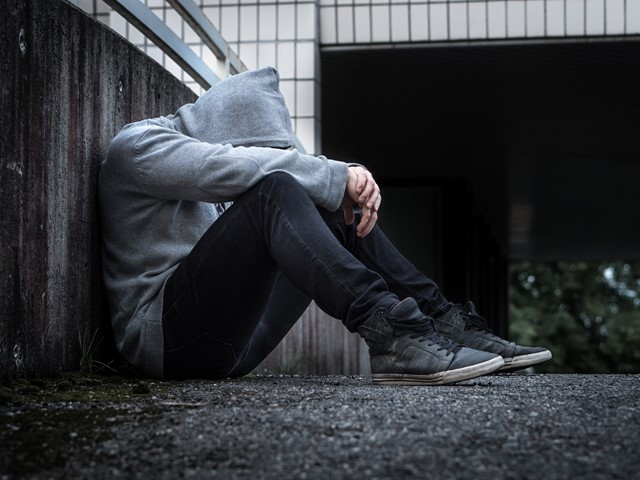Phobias, irrational and persistent fears, can have a significant impact on a person’s life. From the fear of heights to the dread of spiders, these common phobias affect millions of individuals worldwide. In this article, we delve into the most prevalent phobias and their associated symptoms. Understanding these fears is the first step to overcoming them, and we aim to shed light on these often misunderstood conditions.
Understanding Phobias
Phobias are more than just ordinary fears. While it’s normal to be afraid of certain things or situations, phobias take fear to an extreme level. They can be categorized into three main types:
- Specific Phobias: These are intense fears of particular objects, animals, or situations, such as arachnophobia (fear of spiders), acrophobia (fear of heights), or aviophobia (fear of flying).
- Social Phobia (Social Anxiety Disorder): This involves the fear of social situations and the intense worry about being scrutinized and judged by others.
- Agoraphobia: Agoraphobia is the fear of being in situations where escape might be difficult or help unavailable in the event of a panic attack. It often leads to avoidance of places or situations, making life more restrictive.
Common Phobias and Their Symptoms
1. Arachnophobia – Fear of Spiders
Arachnophobia is one of the most common specific phobias. Symptoms may include:
- Rapid heart rate
- Shortness of breath
- Trembling or shaking
- Excessive sweating
- Feeling dizzy or lightheaded
2. Acrophobia – Fear of Heights
Acrophobia can trigger the following symptoms:
- Nausea
- Panic attacks
- Fear of falling or losing control
- Avoidance of tall buildings or open spaces
- Elevated heart rate
3. Claustrophobia – Fear of Enclosed Spaces
Claustrophobia can lead to:
- Rapid breathing
- Sweating
- Trembling or shivering
- Feelings of suffocation
- The urge to escape or avoid confined spaces
4. Agoraphobia – Fear of Crowded or Open Spaces
Agoraphobia symptoms include:
- Avoidance of public places
- Panic attacks
- Feelings of helplessness
- Fear of embarrassment or humiliation
- Shortness of breath
5. Social Phobia (Social Anxiety Disorder)
Social phobia can manifest with:
- Fear of public speaking
- Avoidance of social gatherings
- Trembling or blushing in social situations
- Excessive self-consciousness
- Sweating and dry mouth
6. Glossophobia – Fear of Public Speaking
Glossophobia symptoms often involve:
- Nervousness and anxiety before speaking
- Stuttering or stumbling over words
- Rapid heartbeat
- Trembling hands
- Avoidance of speaking engagements

Coping with Phobias
If you or someone you know is struggling with a phobia, it’s important to seek help. Coping mechanisms and treatments for phobias may include:
- Cognitive-Behavioral Therapy (CBT): CBT helps individuals identify and change their negative thought patterns and behaviors associated with their phobia.
- Exposure Therapy: Gradual exposure to the phobia triggers can help desensitize the individual over time.
- Medication: In some cases, medication may be prescribed to manage the symptoms of anxiety and panic associated with phobias.
- Relaxation Techniques: Techniques like deep breathing, meditation, and mindfulness can help manage anxiety.
- Support Groups: Joining a support group can provide comfort and understanding from people who have experienced similar phobias.
In Conclusion
Phobias are more than just fears; they can disrupt daily life and lead to unnecessary suffering. Recognizing the most common phobias and their symptoms is the first step toward managing and overcoming these challenges. Seeking professional help and using coping strategies can make a significant difference in the quality of life for those affected by phobias. Feel free to visit Vinie Liquori to find more tips and ideas about phobias.


